
AeroGenie: Su copiloto inteligente.
Tendencias
Categories
Air China A350 and Freighter Nearly Collide Over Russia

Near Mid-Air Collision Between Air China A350 and Freighter Over Russian Airspace
An Air China Airbus A350-900 and an SF Airlines Boeing 767-300ER freighter narrowly avoided a mid-air collision while flying over Russian airspace, raising significant concerns about aviation safety and air traffic control in the region. Flight data and media reports indicate that the two aircraft came within 300 to 400 feet of each other over Siberia on July 6, 2025, falling short of the internationally mandated 1,000-foot vertical separation.
Incident Details and Altitude Deviation
The incident involved Air China flight CA967, operating from Shanghai Pudong to Milan Malpensa, and SF Airlines flight O3128, flying from Budapest to Ezhou Huahu. The Air China A350, registered B-32DN, unexpectedly climbed from its assigned altitude of 34,100 feet to 36,000 feet without clearance from Russian air traffic controllers, according to Flightradar24 data. Meanwhile, the SF Airlines Boeing 767, registered B-220R, was cruising steadily at 35,000 feet.
This close encounter occurred over the mountainous Tuva region near the Mongolian border. The sudden altitude change activated the Traffic Collision Avoidance System (TCAS) on both aircraft, prompting emergency evasive maneuvers that ultimately prevented a disaster.
Communication Breakdown and Investigation
Preliminary investigations suggest that a breakdown in communication between the Air China cockpit and Russian air traffic control was a key factor. A seven-minute recording of radio exchanges, conducted in English and circulated on Chinese social media, reveals that Russian controllers were managing four Chinese aircraft simultaneously at the time. Two other flights—Air China CA861 from Beijing to Geneva and Hainan Airlines HU7937 from Beijing to Prague—were also in the vicinity but flying away from the incident zone.
The recordings show that air traffic control instructed CA861 and HU7937 to maintain their respective altitudes of 36,000 and 34,000 feet. Shortly thereafter, Air China CA967 attempted to respond, but its transmission was inaudible. Evidence suggests that the CA967 crew may have mistakenly interpreted instructions intended for HU7937 as their own. The controller did not issue a correction, leading CA967 to climb and creating the conditions for the near-miss.
Industry and Regulatory Implications
The incident has prompted scrutiny of Air China’s safety protocols and operational procedures. Industry analysts note that the airline now faces heightened pressure to demonstrate effective air traffic management and collision avoidance measures. Competitors may leverage the event to emphasize their own safety records and operational standards, aiming to reassure passengers and distinguish themselves in a competitive market.
Regulatory authorities are expected to conduct a thorough review of the incident, which could lead to revisions in airspace management procedures over Russia. The event highlights the critical importance of clear communication and strict adherence to protocol in international airspace, particularly as Chinese airlines continue to expand their European operations amid evolving global aviation dynamics.
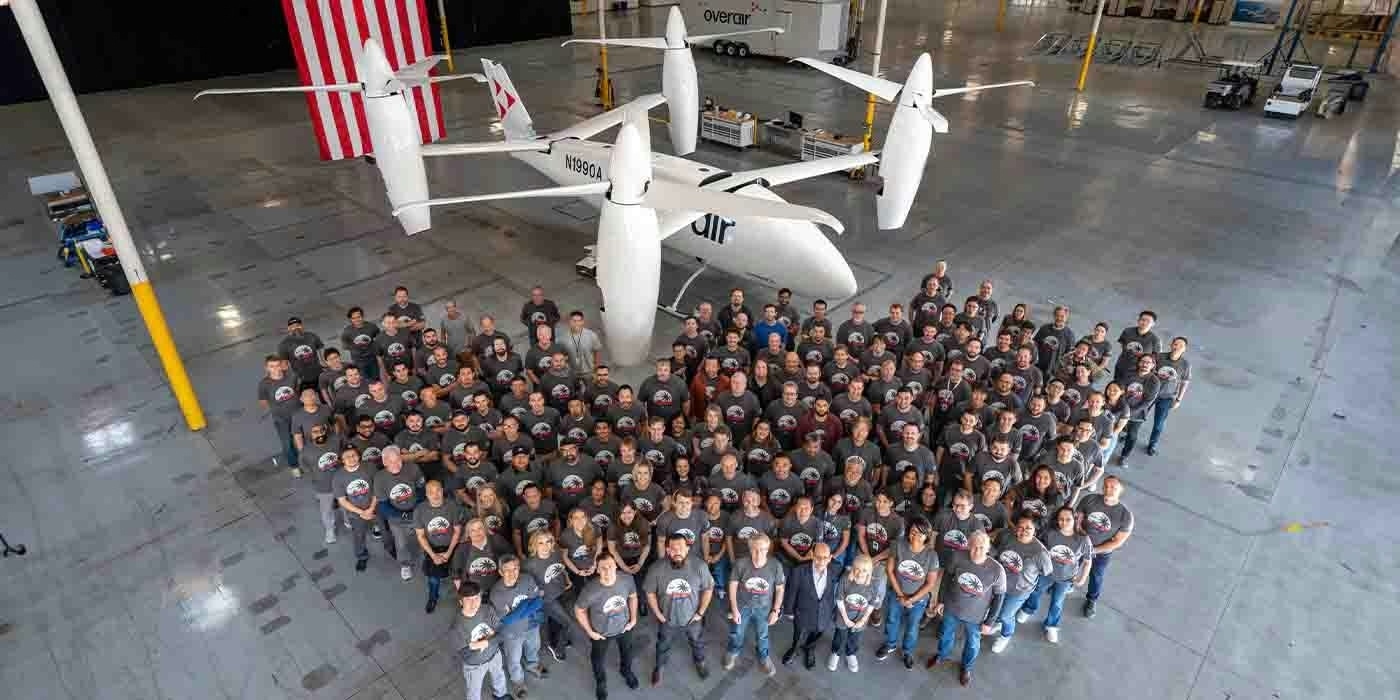
Unique mixed-propulsion eVTOL completes transition flight testing
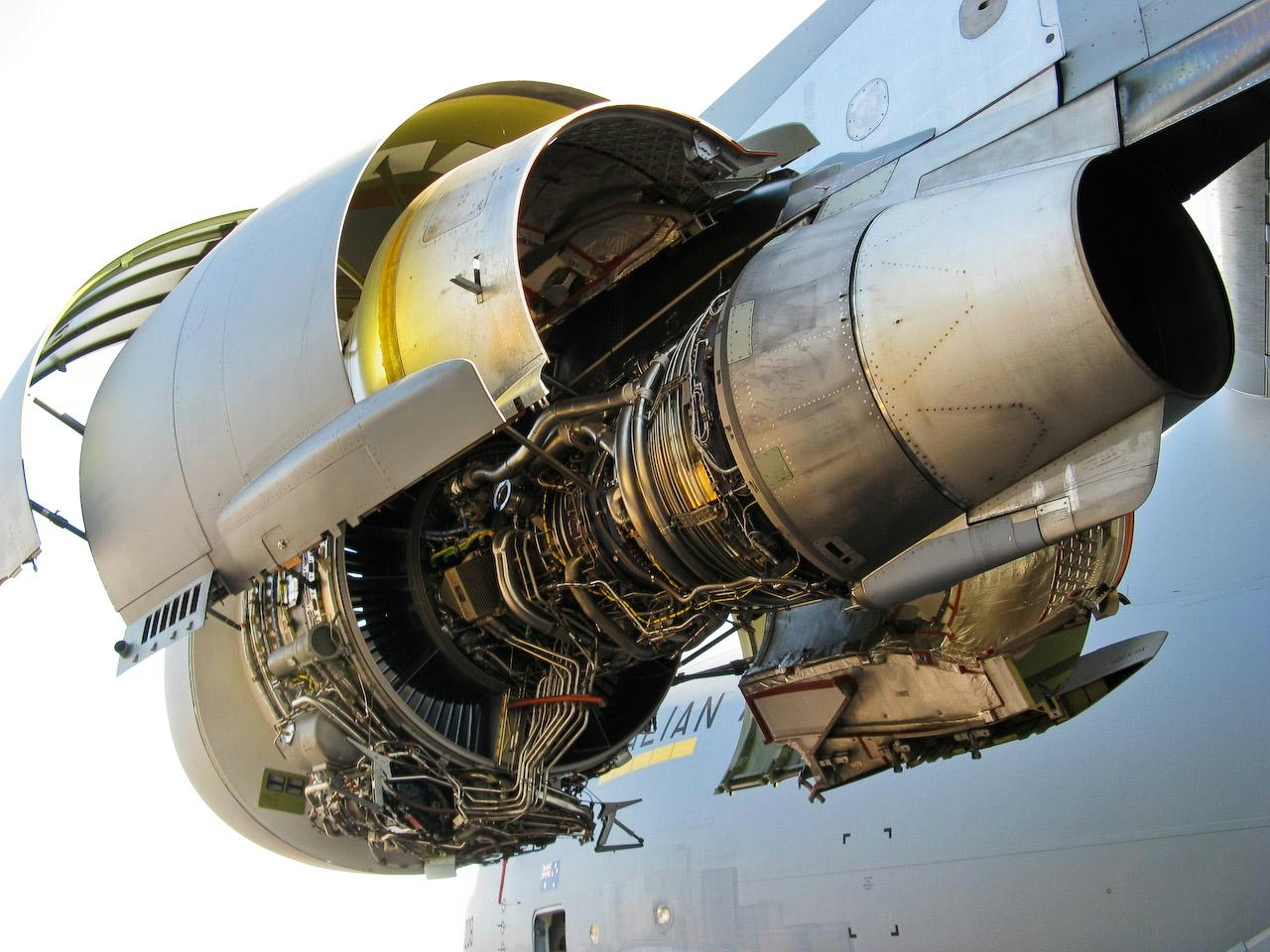
Are C-17 Globemaster Engines Derived from Boeing 757?
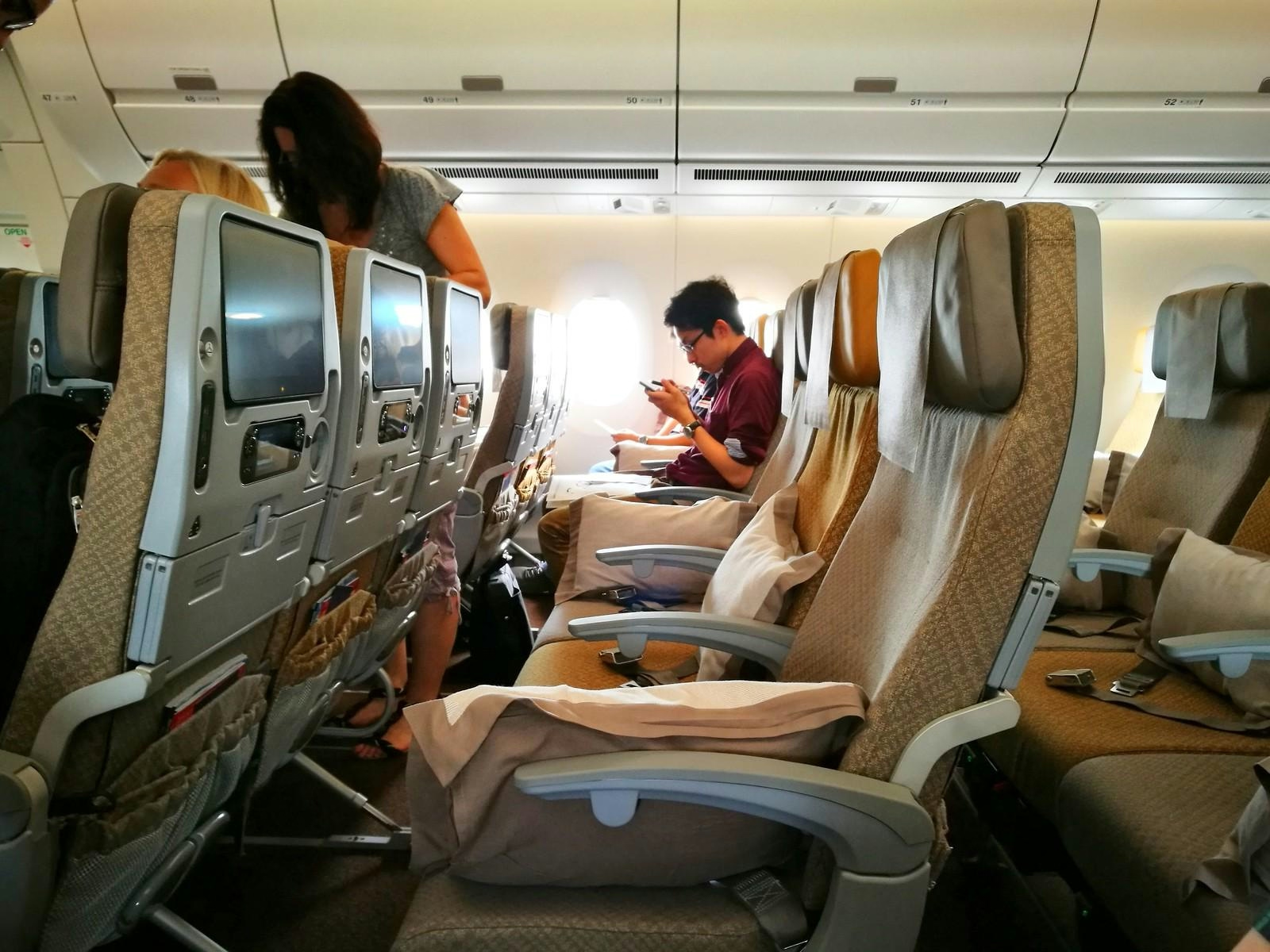
Why the Airbus A350’s Cabin Is Quieter Than Other Aircraft
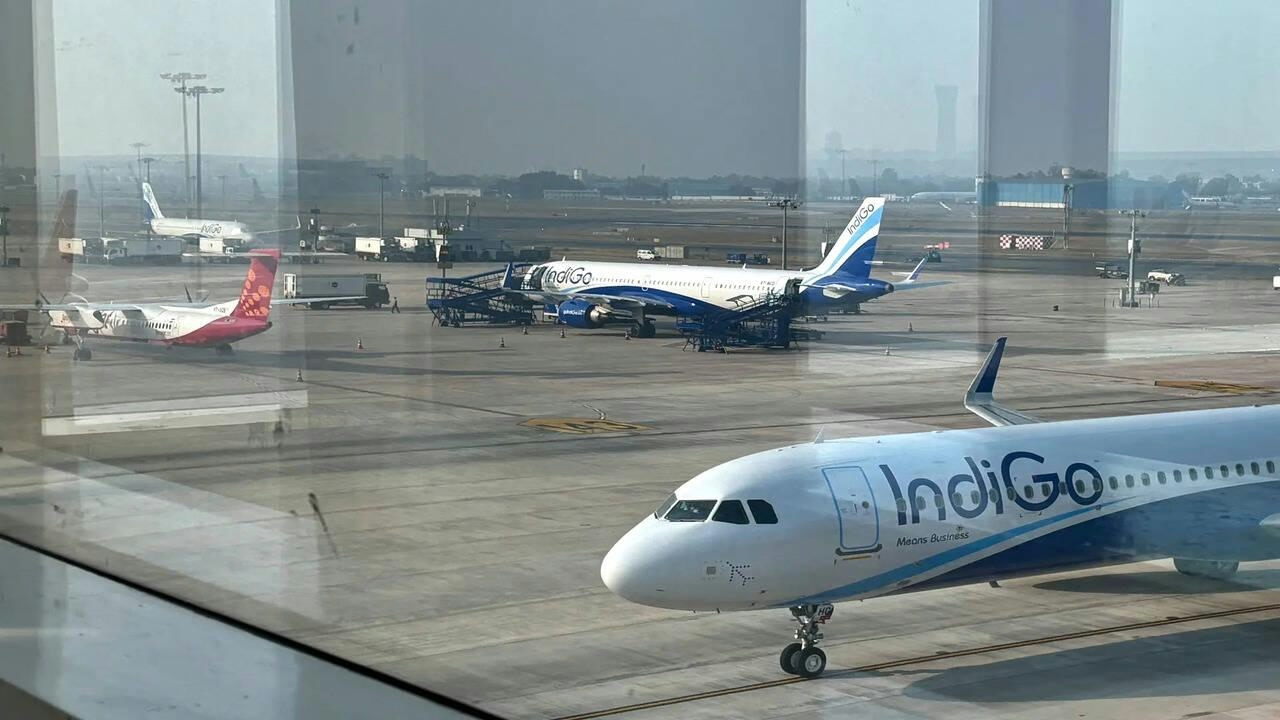
AI and AI Express Plan to Increase Capacity Amid IndiGo Flight Disruptions
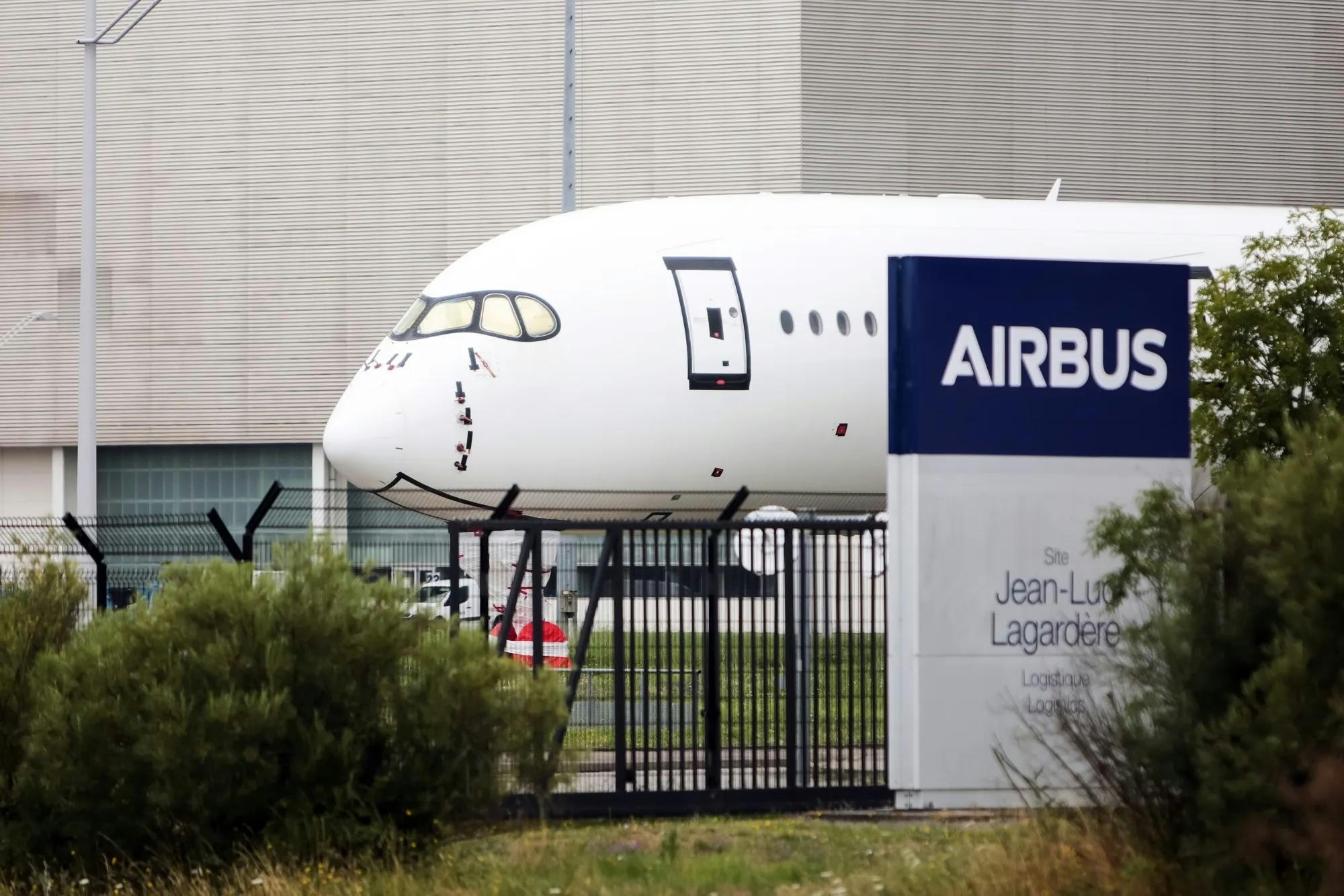
Kazakhstan and France Agree on Airbus Aircraft Deliveries

Europe’s Emerging Talent Drives Aviation Innovation
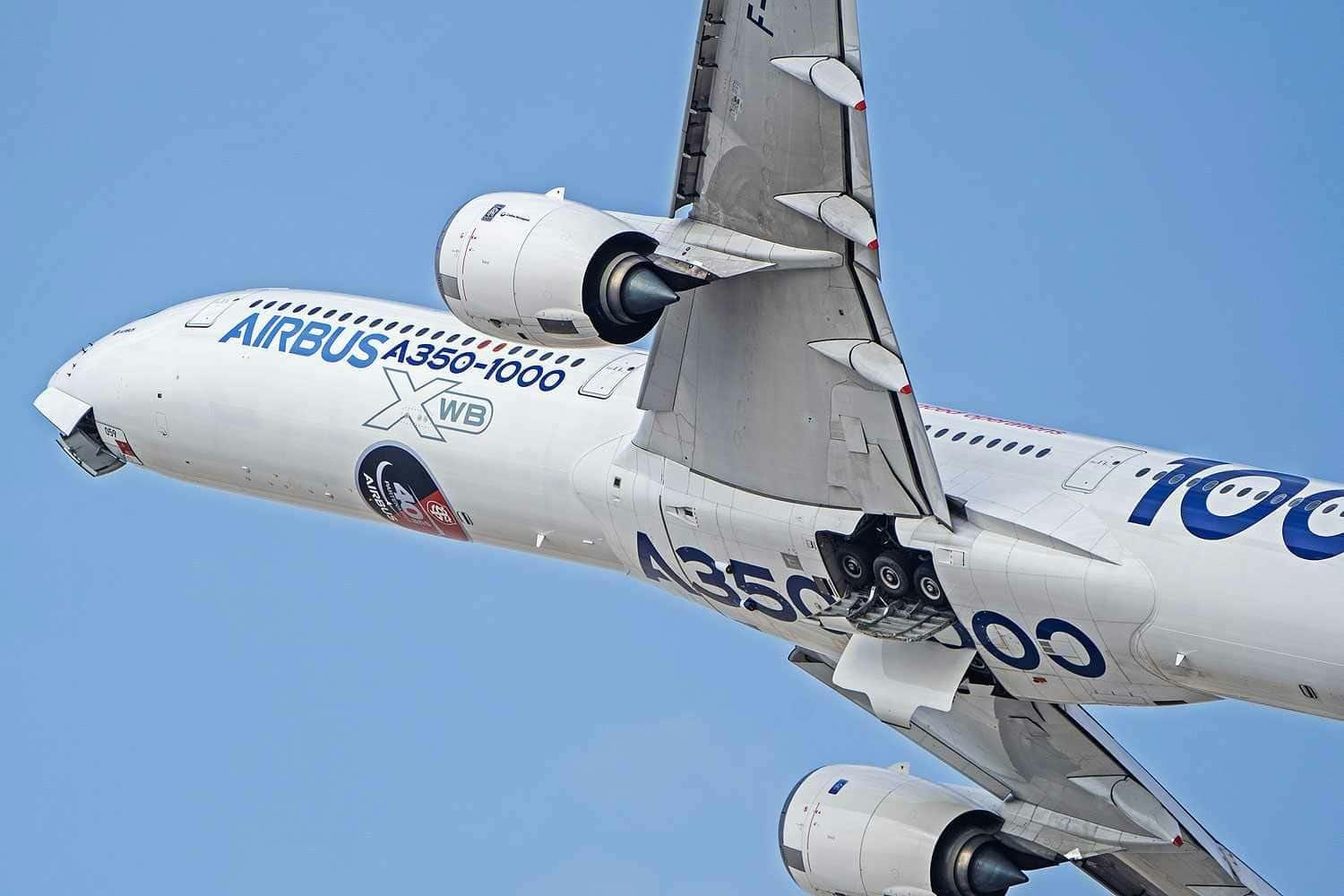
Airbus Receives New Order for A350-1000
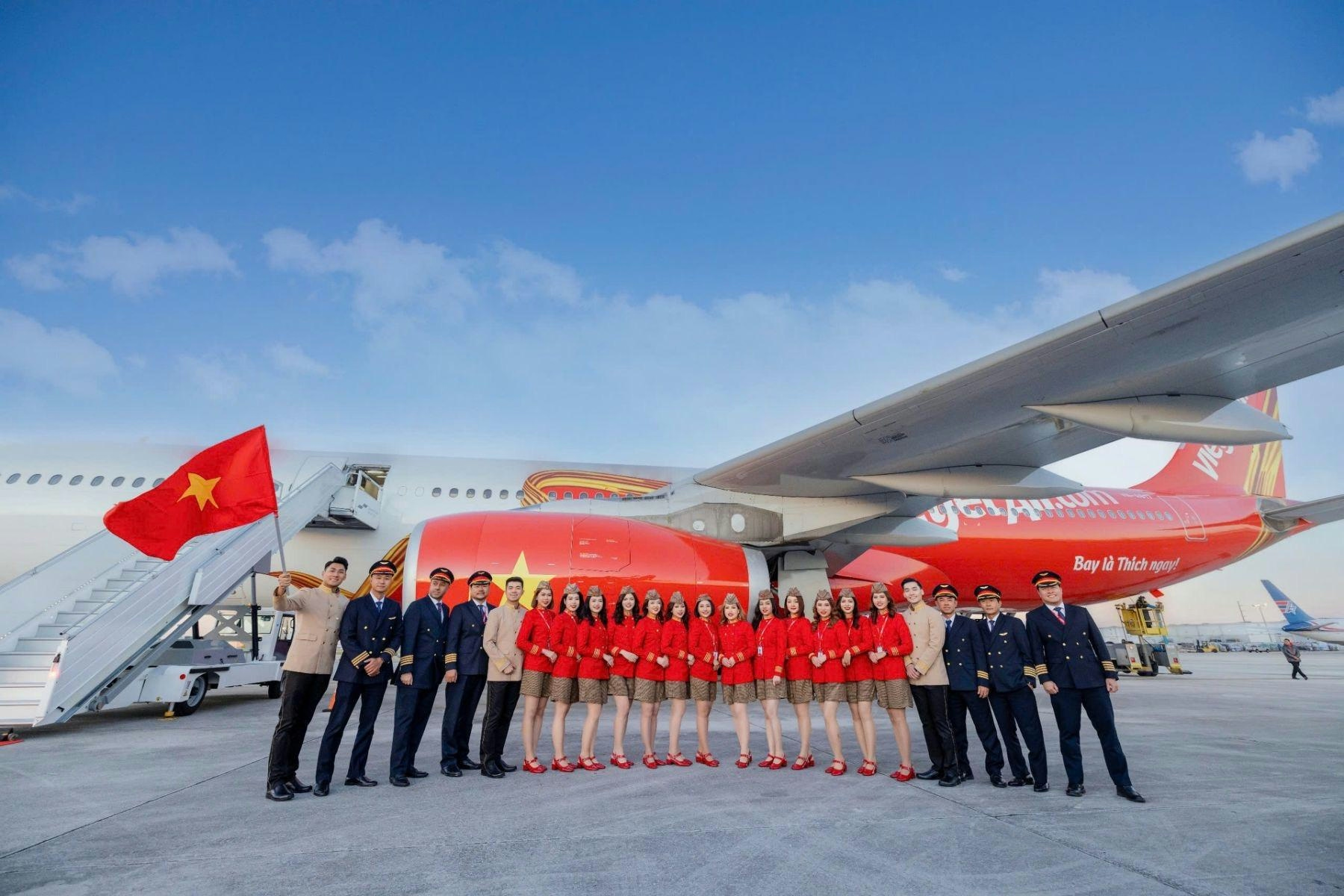
The Leading Widebody Aircraft in Service Today
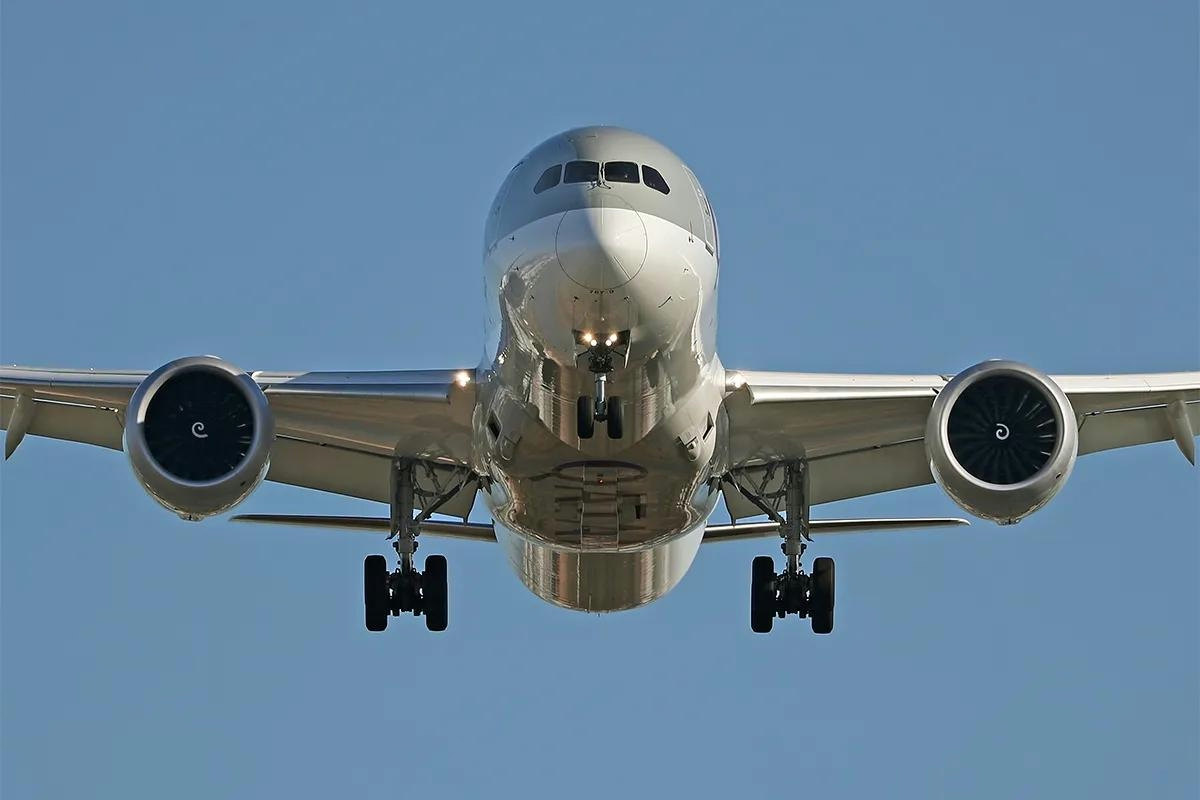
The Fastest Boeing Jet Currently in Service
